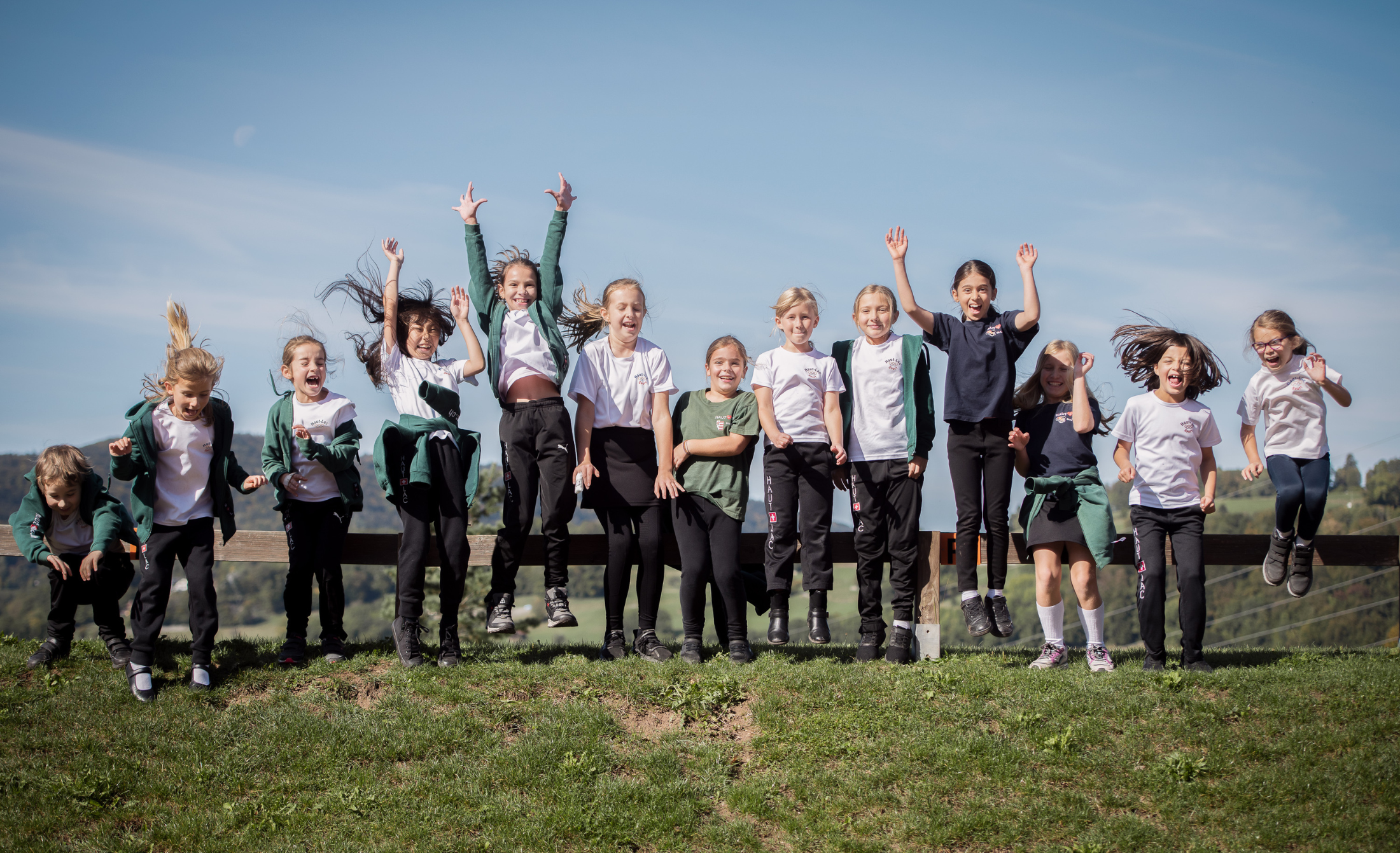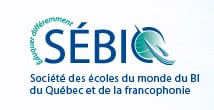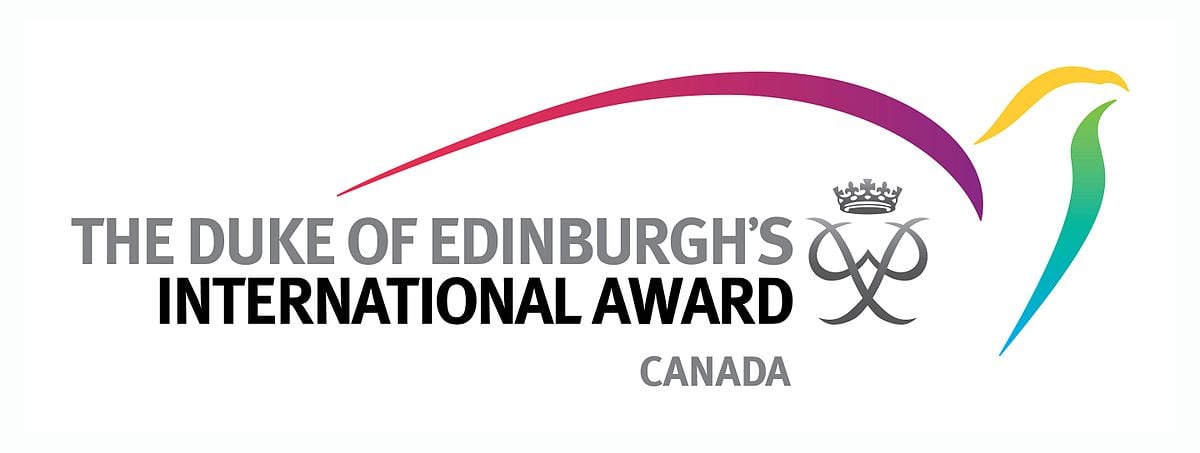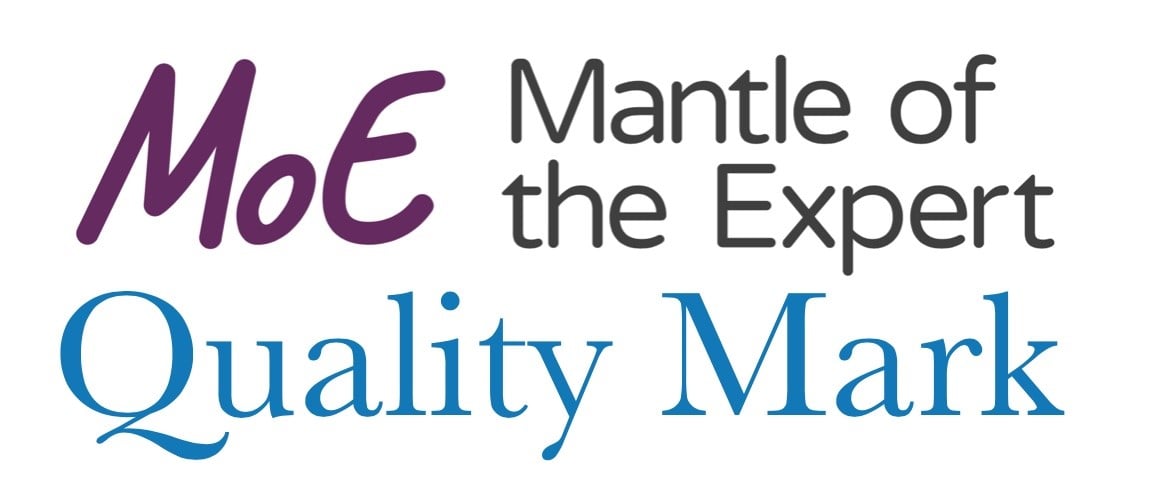Encouraging a growth mindset in children is fundamental to their long-term success and well-being.
At Haut-Lac International Bilingual School, we celebrate mistakes as opportunities to learn and value effort and resilience over mere achievement. This mindset empowers children to embrace challenges, persist in the face of setbacks, and see effort as the path to mastery.
According to Carol Dweck, a pioneering researcher in this field, a growth mindset is "the belief that one's abilities can be developed through dedication and hard work. This view creates a love of learning and a resilience that is essential for great accomplishment" 1.
Below are three techniques used at Haut-Lac to help students develop a growth mindset.

Language Use
In our classrooms, we emphasise the value of effort and perseverance. As Dweck writes, "In a growth mindset, challenges are exciting rather than threatening. So rather than thinking, oh, I'm going to reveal my weaknesses, you say, wow, here's a chance to grow" 2.
A practical example of fostering a growth mindset at Haut-Lac is our intentional shift in language. In our maths classes, we've replaced the word "easy" with "doable." This change, while subtle, has had a profound impact on how students perceive their tasks. When we used to describe a task as "easy," it could inadvertently make some students feel inadequate if they didn't find it so.
Now, by saying a task is "doable," we convey that while it may be challenging, the students have all the tools they need to complete it. This shift helps build confidence and sets a realistic expectation that effort and perseverance are part of the learning process.

The Power of "Yet"
Another cornerstone of our growth mindset approach is the "power of yet." By adding "yet" to statements, we transform a child's outlook from a fixed mindset to one open to growth.
For instance, when a student says, "I can't do this," we encourage them to rephrase it as, "I can't do this yet." This small change opens up a dialogue where students start asking questions like, "what can I try next?", "what do I need in order to be able to do it?", "do I need someone to help me?", "is there something around the room I could use to help me?", "do I need more time?", or "did I miss some prior knowledge?".
This shift transforms a potentially negative, defeated attitude into a resilient, proactive one, fostering an understanding that learning is a journey. It helps the student to persist but also to seek out resources and strategies that can aid their understanding.

Student Self-Assessment
Self-assessment is another vital practice we employ to reinforce the growth mindset. Students regularly reflect on their work, highlighting their achievements and identifying targets for improvement. This practice reinforces the idea that each piece of work, especially those with mistakes, is an opportunity for growth.
Many teachers at Haut-Lac use the "two ticks and a wish" technique for feedback. They highlight two positives and one area for improvement, guiding students to see both their strengths and areas where they can grow.

By fostering a growth mindset in our students, we aim to instil in them the belief that they can overcome challenges and achieve their full potential, both academically and personally.
Through partnership with parents, we can further reinforce these principles at home, creating a supportive environment where children thrive. This holistic approach ensures that our students develop into resilient, lifelong learners ready to tackle the challenges of the future.
Tamara-Ann Borge
Haut-Lac Primary Coordinator
1 Dweck, 2006
2 Dweck, 2014













